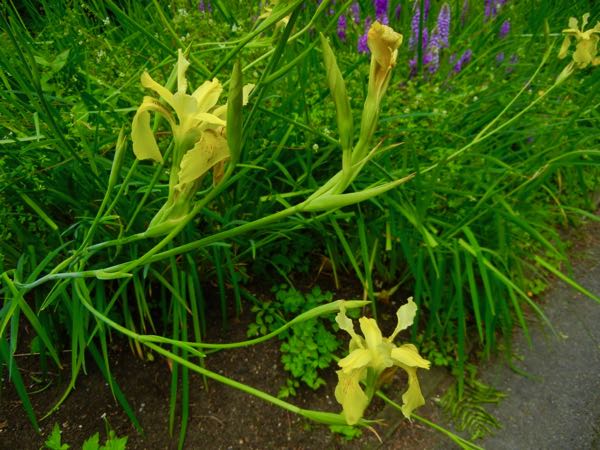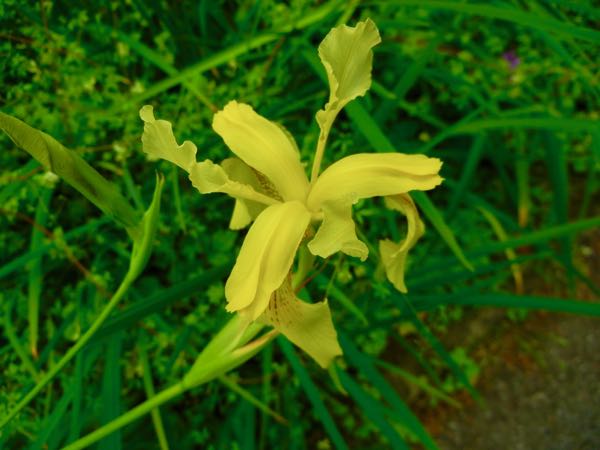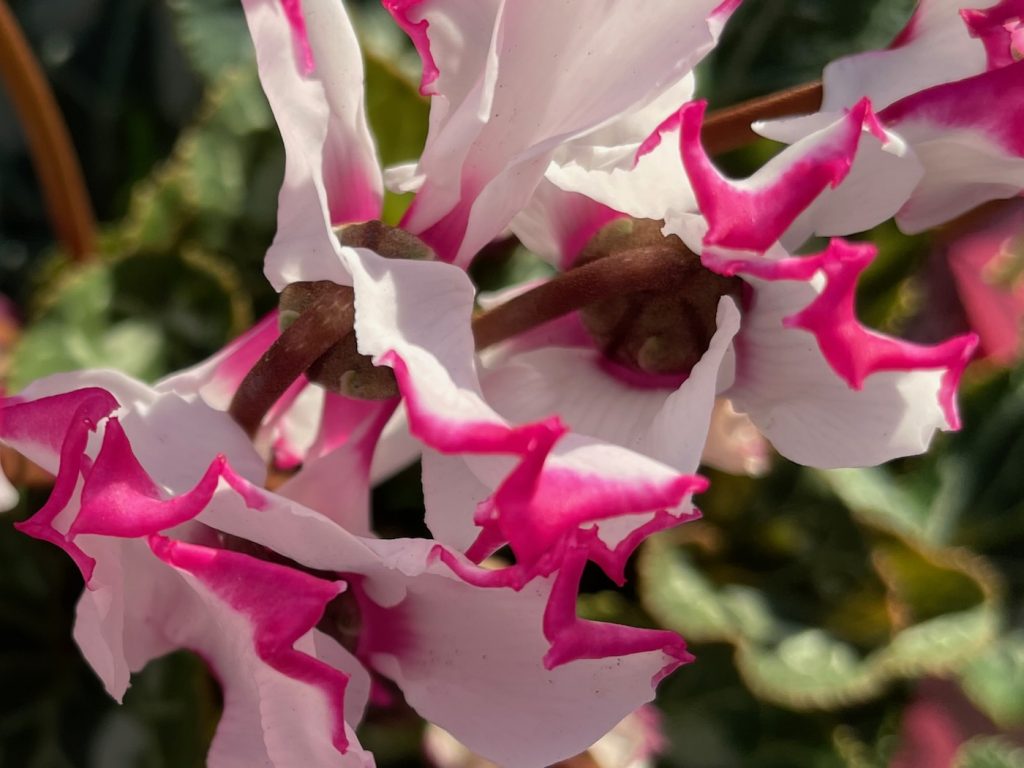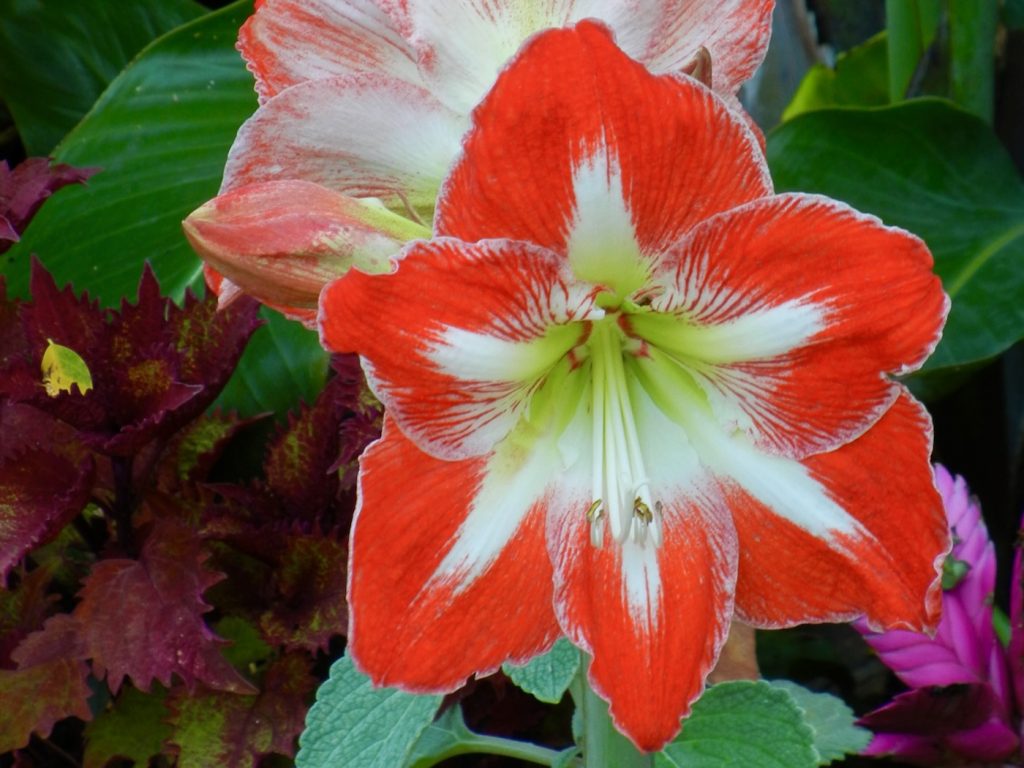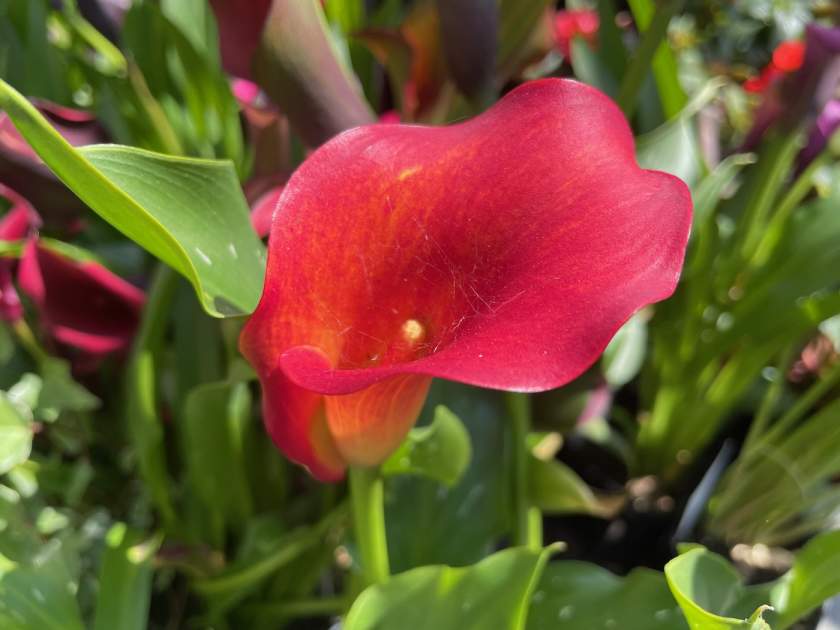Iris wilsonii: Revealing the Beauty of the Wilson Iris
Background and Family: Iris wilsonii, also known as Wilson Iris or 黄花鸢尾 in Chinese, is a rhizomatous, herbaceous perennial. It belongs to the Iridaceae family and is part of the Sibirica series. This captivating iris is native to China and holds a special place in the hearts of plant enthusiasts worldwide.
Origin and Discovery: Named in honor of Ernest Henry “Chinese” Wilson (1876-1930), a renowned British plant collector, Iris wilsonii was discovered in Hupeh (now known as Hubei), China. The esteemed botanist Charles Henry Wright published the official description of this iris in 1907. In its natural habitat, Iris wilsonii thrives along streams and in meadows, gracing the landscape with its exquisite blooms.
Characteristics and Description: Iris wilsonii forms dense clumps through its thick rhizomes, creating a striking presence in gardens and natural settings alike. The plant features long and slender gray-green leaves that droop gracefully, giving the impression that the flowers stand taller than the foliage. Towering hollow stems, reaching heights of up to 70cm (25in), bear the bright yellow flowers. Each stem is unbranched and adorned with two or three sword-like spathes.
Flowers and Fragrance: The flowers of Iris wilsonii emit a delightful fragrance, further enhancing their allure. From late spring to summer, typically from May to July, the plant showcases its blossoms in a vibrant display of beauty. Each flower consists of three large sepals and three inner, smaller petals. The petal edges may display gentle undulations, while the fallen petal often bears brownish veins or marks. The long stems and anthers add an elegant touch. After flowering, seed pods containing brown seeds develop, ensuring the perpetuation of this enchanting iris.
Cultivation of Iris wilsonii:
Sunlight: For optimal growth and flowering, plant Iris wilsonii in a location that receives full sun or partial shade. While it can tolerate windy conditions, providing ample sunlight is essential for maximum blooming.
Watering: During the first year after planting, Iris wilsonii requires regular watering to establish itself successfully. Once established, it becomes more drought-tolerant. However, maintaining moderate soil moisture, particularly during dry periods, promotes its overall health and vitality.
Soil: Iris wilsonii thrives in neutral to moist acid soil. However, consistent exposure to moisture throughout the year can increase the risk of fungal infections. Planting this iris in humus-rich soil contributes to its well-being and growth. Well-drained soil is crucial for preventing waterlogging, which can negatively affect the rhizomes and roots.
Pests and Diseases: While Iris wilsonii generally displays resilience against pests and diseases, it can be susceptible to aphids, slugs, and snails. Vigilance is key, and promptly addressing any pest issues with appropriate measures such as insecticidal soap or neem oil can help maintain a healthy plant.
Propagation: Iris wilsonii can be propagated through division or seed. The division is the preferred and easiest method after the flowering period. Carefully separate the rhizomes using a sharp knife and replant them in desired locations. This allows for the expansion of Iris wilsonii in your garden. Alternatively, seeds can be collected from dry pods and sown directly outdoors in the fall or winter in vented containers, cold frames, or unheated greenhouses.
Embracing the Wilson Iris:
Iris wilsonii, with its unique attributes and captivating blooms, adds a touch of elegance to gardens and landscapes. While embracing its beauty, it is important to note that all parts of the plant are poisonous. Exercise caution and appreciate its charm responsibly. As you cultivate Iris wilsonii, you become a custodian of this golden gem, cherishing its enchantment while nurturing its growth and vitality.
